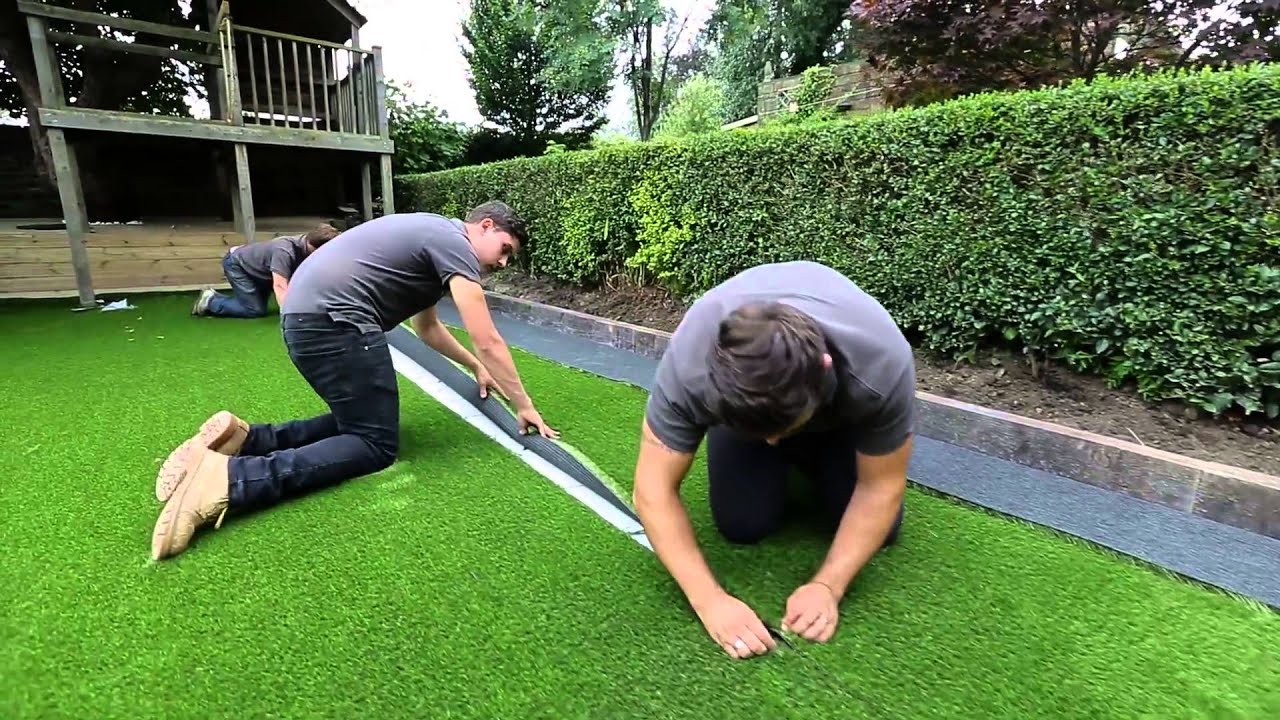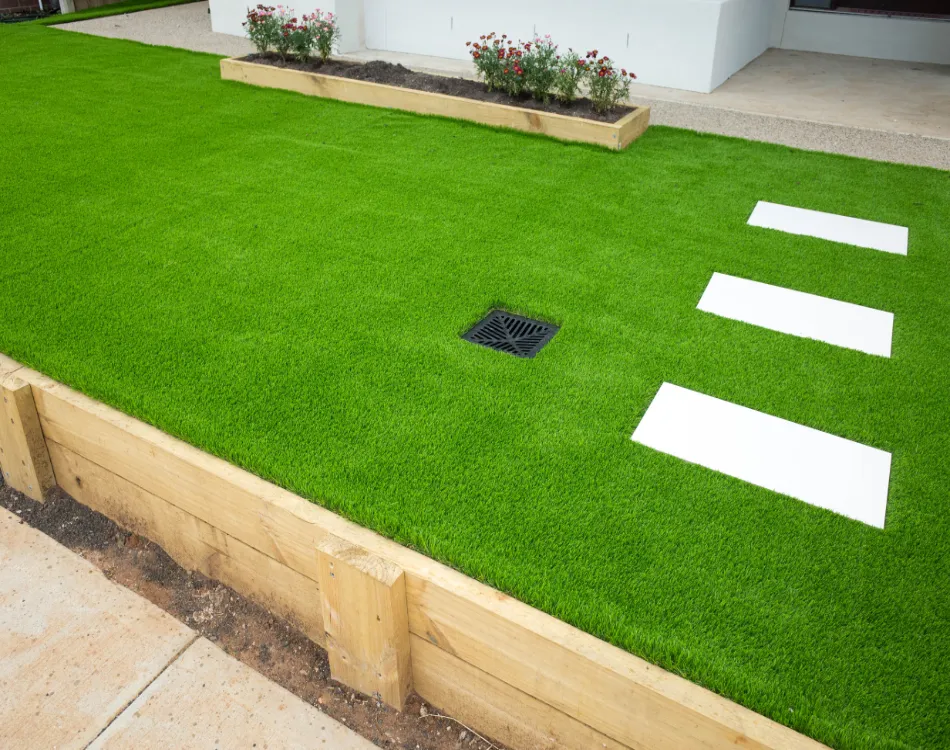Custom Turf Installation Phoenix AZ for Homes, Businesses, and Play Areas
Custom Turf Installation Phoenix AZ for Homes, Businesses, and Play Areas
Blog Article
Delve Into the Environmental Benefits of Opting for Artificial Lawn Solutions
The adoption of synthetic grass solutions offers a compelling opportunity to address pressing ecological difficulties. By dramatically reducing water use and reducing the application of harmful chemicals, these choices not just promote lasting landscaping yet additionally secure local ecological communities. Additionally, the lower carbon footprint connected with decreased upkeep tasks adds to a more lasting approach to land monitoring. Nevertheless, the implications of these benefits expand beyond mere preservation initiatives, raising concerns about their long-lasting effect on habitat preservation and general eco-friendly equilibrium. Exploring these dimensions discloses a complicated interaction worth considering.
Water Conservation Advantages
One of the most significant benefits of man-made grass is its capacity to save water. In comparison, man-made grass does not require watering, substantially decreasing the overall need for water sources.
By eliminating the requirement for normal watering, man-made turf adds to lasting landscape practices and helps mitigate the environmental influence of excessive water usage. In addition, the conservation of water expands to the reduction of overflow, which can result in soil erosion and river air pollution.
In addition, the installment of synthetic grass allows house owners and districts to assign water resources a lot more successfully, concentrating on essential usages such as drinking water and agriculture. The shift towards synthetic grass not only advertises liable water usage yet additionally aligns with broader environmental objectives focused on preserving natural resources.
As communities significantly prioritize sustainability, the water conservation benefits of artificial grass offer an engaging instance for its fostering in industrial and property landscape design jobs.
Minimized Chemical Use
The transition to synthetic grass significantly reduces the dependence on chemical therapies typically used in natural lawn upkeep. Standard turf management usually entails the application of plant foods, chemicals, and herbicides to advertise development and control bugs. These chemicals can present risks to human health, neighborhood wild animals, and the setting, adding to soil and water contamination.
In comparison, synthetic turf eliminates the demand for these dangerous materials. By decreasing the launch of artificial substances into the environment, artificial turf promotes healthier dirt and water systems.
Additionally, the lack of chemical runoff connected with synthetic grass installations helps shield local rivers from air pollution, supporting water life and maintaining biodiversity. Phoenix turf companies. As communities progressively focus on lasting practices, choosing for synthetic grass offers a practical option that aligns with ecological conservation objectives. Via this change, homeowner can delight in rich eco-friendly areas without jeopardizing ecological health, leading the means for an extra lasting future
Lower Carbon Impact

Moreover, the installment of synthetic grass can result in considerable water preservation. All-natural grass call for significant quantities of water for watering, which not just includes in the carbon impact related to water extraction and treatment but also strains neighborhood water resources. On the other hand, synthetic turf needs marginal maintenance, calling for no watering, thereby significantly decreasing water use and its associated energy prices.
In addition, the long life of man-made grass adds to its decreased carbon impact. With a lifespan of approximately 15 years or even more, the demand for regular replacements is diminished, causing much less waste and reduced energy consumption in production and throwing away typical yard options. In general, synthetic lawn offers a lasting option for environmentally conscious landscaping.
Environment Preservation
Habitat conservation is an important factor to consider in the argument over landscaping selections, especially when contrasting synthetic grass to natural yard. Natural yard yards typically require considerable upkeep, including making use of herbicides, chemicals, and plant foods, which can detrimentally impact neighborhood environments. These chemicals can leach right into the soil and waterways, damaging native plants and fauna and interfering with local environments.
Artificial turf gets rid of the demand for hazardous chemicals, thereby securing close-by wildlife and preserving the integrity of surrounding environments. The installment of fabricated lawn can lead to the conversion of previous turf locations right into more biodiverse landscapes, such as pollinator gardens or native plant areas, which can support local wild animals.
Inevitably, the change to synthetic grass not only preserves water and minimizes upkeep efforts but also cultivates an extra harmonious connection in between human activities and the native environment, promoting habitat preservation at the same time.
Long-Term Sustainability
Long-lasting sustainability is a vital aspect in evaluating the advantages of synthetic grass over conventional grass lawns. One of one of the most considerable benefits of artificial grass is its resilience; it can last approximately 15-20 years with minimal upkeep, whereas natural grass calls for regular reseeding and have a peek here substitute. This durability reduces the demand for continuous resources, such as water, plant foods, and chemicals, which are necessary for maintaining a healthy and balanced grass yard.
Furthermore, synthetic grass adds to a reduction in carbon emissions linked with lawn care tools. Standard grass typically require gas-powered mowers, trimmers, and blowers, all of which add to air pollution. Phoenix turf companies. In comparison, synthetic grass eliminates the requirement for such tools, promoting a cleaner environment
In addition, the production of synthetic lawn increasingly utilizes recycled products, enhancing its sustainability profile. As manufacturers adopt environment-friendly techniques, the ecological footprint of synthetic grass continues to diminish.

Final Thought
The adoption of synthetic grass services provides considerable environmental benefits, including considerable water preservation, decreased dependence on dangerous chemicals, and a lower great post to read carbon impact. Additionally, fabricated grass aids in protecting all-natural habitats by decreasing land disruption and promoting lasting sustainability through using durable products. Collectively, these variables underscore the capacity of fabricated turf to contribute positively to ecological wellness and offer a feasible option to traditional landscape design practices in a significantly resource-conscious world.
In comparison, artificial turf does not need watering, substantially lowering the total need for advice water resources. By decreasing the release of artificial compounds into the ecological community, fabricated grass advertises healthier dirt and water systems.
Moreover, the installation of synthetic turf can result in considerable water conservation. In contrast, synthetic lawn requires minimal maintenance, requiring no watering, thereby significantly reducing water usage and its associated power costs.

Report this page